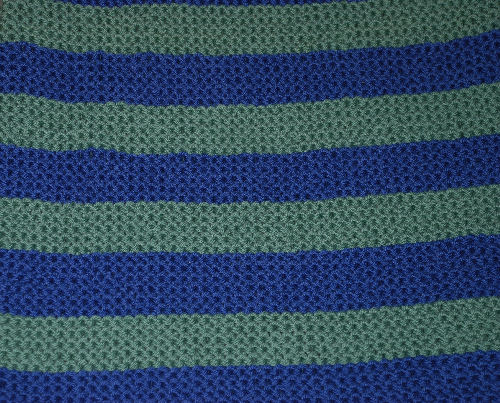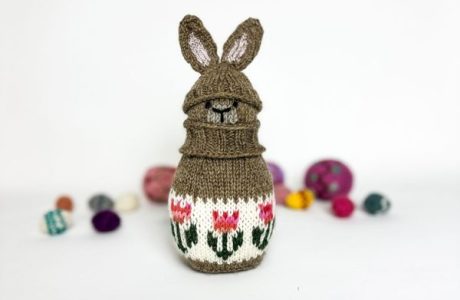 When you’re new to knitting, it can be difficult to know the best knitting patterns to try. How do you know what’s right for your skill level or what you’re going to be able to complete quickly and easily to boost your confidence?
When you’re new to knitting, it can be difficult to know the best knitting patterns to try. How do you know what’s right for your skill level or what you’re going to be able to complete quickly and easily to boost your confidence?
Here are some things to look for when searching for the easiest knitting patterns.
Skill Level
Knitting patterns published in books and magazines traditionally have a skill level listed on them. The skill level is a standard based on the kinds of skills used in a pattern that’s been established by the Craft Yarn Council.
The skill level rating is a scale of 1 to 4, with 1 being the easiest:
- 1 Basic: includes basic stitches, may include basic increases and decreases.
- 2 Easy: can include simple stitch patterns, colorwork and shaping.
- 3 Intermediate: includes more involved stitch patterns, colorwork and/or shaping
- 4 Advanced: may include complex colorwork or stitch patterns including shaping and a variety of techniques used simultaneously
The thing about skill level ratings is that they are still kind of subjective. What’s considered a basic increase or decrease, for example? At what level does colorwork become intermediate instead of easy?
Also you don’t typically find skill level ratings on projects on the Internet, or they may use a different kind of rating system (for instance Knitty has its own scale) so this isn’t a reliable marker for whether a pattern is good for beginners or not.
Skills Used
What skill level tries to get at is what skills are actually needed to complete the project? On Ravelry designers can label their projects based on the skills, techniques and construction used, which can give you an idea of the skills involved.
A project might be labeled that it includes cables, lace or brioche, for example, and if those aren’t techniques you know and you don’t want to learn them right now those might be projects you want to skip for now.
A pattern with fewer descriptors might be easier or it might not be well classified. For beginners, projects worked flat rather than in the round will be easier, and those that don’t include techniques you don’t know how to do would be better choices unless you’re ready for a learning curve.
Another cool thing about Ravelry if you are able to visit is that you can search patterns by user ratings for skill level. Click on “piece of cake” on the pattern search page to find all the patterns with that rating. You can further refine that list by what sort of thing you’d like to knit, the size of yarn you want to use and other criteria, or just browse all the easy options.
Types of Knitting Patterns that Are Easy
Certain kinds of knitting patterns tend to be easier than others, so if you look for patterns of that sort you might also have good luck finding easier patterns.
Some of the easier genres of knitting patterns include:
- scarves
- dishcloths or washcloths
- blankets (particularly baby blankets)
- cowls (especially those worked flat)
- fingerless gloves (especially those worked flat)
Easy Knitting Stitch Patterns for Beginners
Another thing to consider is the stitch pattern used in the project. Garter stitch, where every row is knit, is the easiest knitting stitch.
If you know how to knit and purl, you can do patterns in Stockinette Stitch (knit one row, purl one row) or simple repeating stitch patterns like ribbing, moss stitch or seed stitch, all of which alternate knit and purl stitches across the row in a repeating pattern.
Of course it’s up to you how quickly you want to build your knitting skills, if you want to work a few easy patterns to get comfortable with the basics or jump right into something more complex. Regardless of the skills involved it’s all just yarn and you can rip out anything that doesn’t work out quite right and try again!




